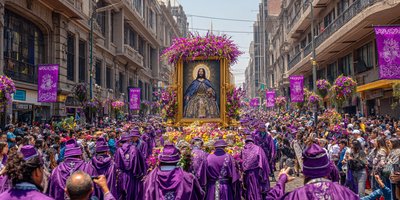Visiting Peru and the magnificent Machu Picchu is a journey that involves careful planning and understanding of the process to fully appreciate this UNESCO World Heritage site. Start your adventure in Cusco, the historic capital of the Inca Empire, where you can acclimatize to the altitude (3,400 meters or 11,200 feet) before heading to Machu Picchu. It’s essential to book your tickets to Machu Picchu in advance, as daily visitor numbers are limited to preserve this ancient marvel.
The most common route to Machu Picchu begins with a scenic train ride from Cusco to Aguas Calientes, the gateway town. Choose a train service that fits your budget and schedule; options range from basic to luxury experiences. Upon arrival in Aguas Calientes, you can explore the local markets and enjoy traditional Peruvian cuisine.
From Aguas Calientes, you have two main options to reach the ruins: hiking up the steep trail or taking a bus. The hike offers breathtaking views and is a rewarding experience for adventurous souls, while the bus is a more accessible option for those with limited time or mobility.
Once at Machu Picchu, take your time to explore the site. Consider hiring a local guide who can share fascinating insights about the history and significance of the structures you see. Don’t miss iconic spots like the Temple of the Sun and the Intihuatana stone, which served as a ritual stone associated with agriculture.
It’s also wise to check the weather conditions before your visit, as the site is often shrouded in mist during the rainy season (November to March). The best time to visit is during the dry season (April to October) when you can enjoy clear views of the archaeological site. Remember to bring water and snacks, as amenities within the site are limited.
Finally, respect the cultural significance of Machu Picchu by following the rules, staying on designated paths, and not climbing on the ruins. This process of preparation and respect will not only enhance your experience but also help preserve this incredible treasure for future generations.






